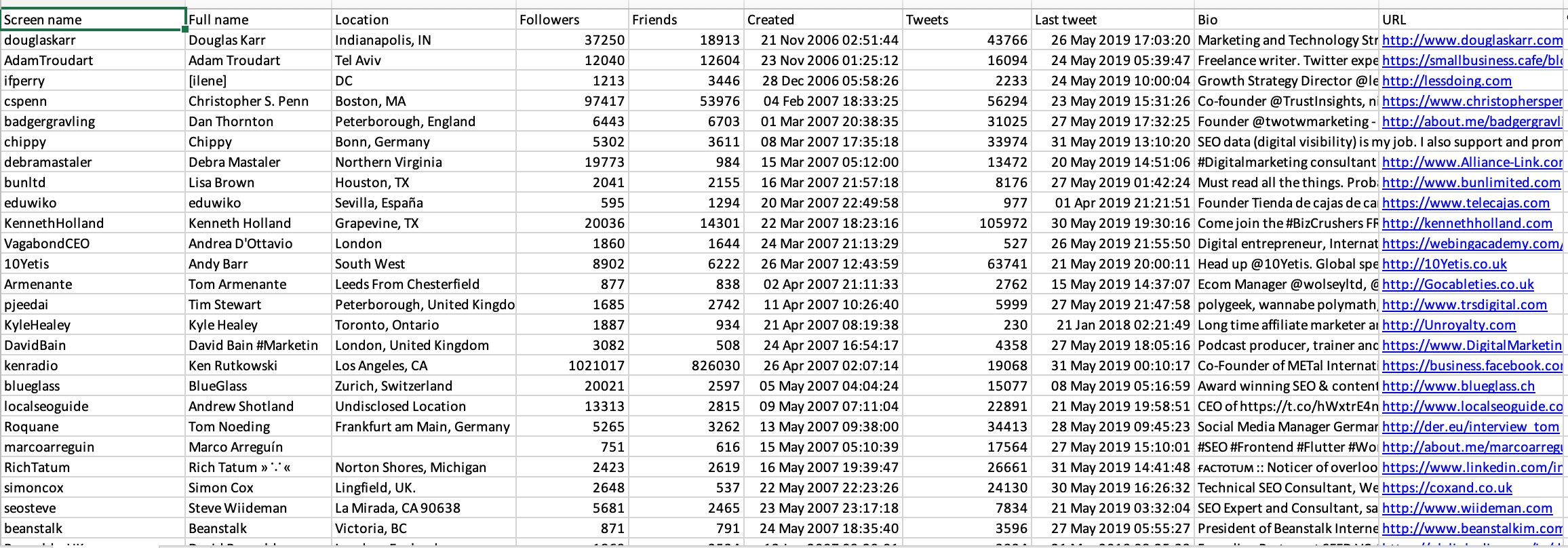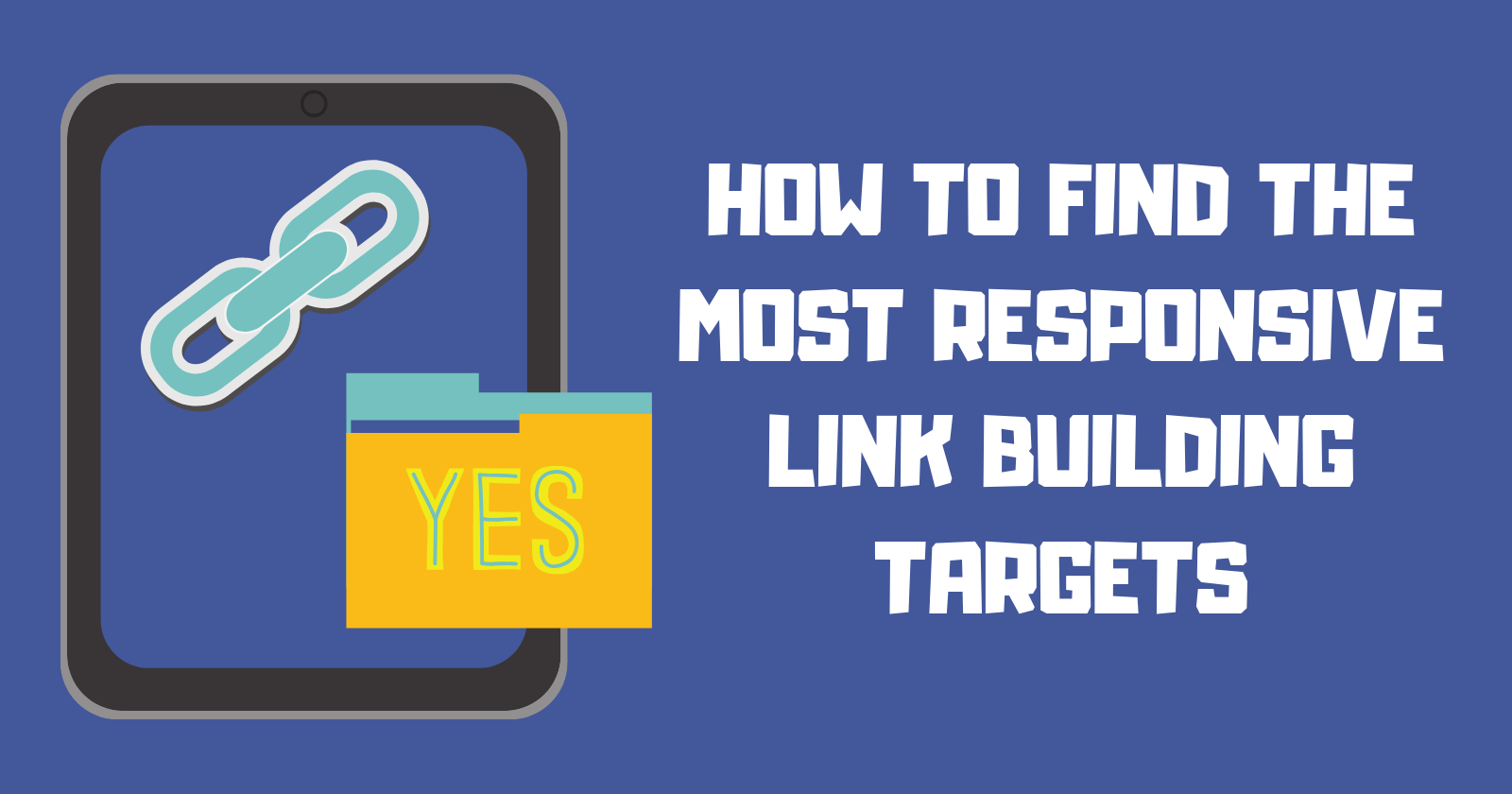Imagine you wake up one day and realize that everything you thought you knew about link prospecting was a lie.
Well, this might not be too far from reality.
Think I’m joking?
Unfortunately, I’m not.
And I have data to prove it.
Brian Dean, an internationally recognized SEO expert, published a study revealing that your outreach email has only an 8.5% chance of being responded to.
Now let’s do some math.
You send 1,000 emails and get about 80 responses, based on Dean’s estimation.
Not bad, you think?
Well, let’s dive a little deeper.
For those 80 responses, you will be lucky to get 50 links.
To sum up, 1,000 emails result in 50 links – a 5% success rate.
Even 50 links might change your site’s ranking dramatically, depending on your industry. Usually, though, that isn’t the case.
As an example, on a screenshot below you can see that the highest ranked pages for a “link building” have over 900 referring domains.

To get those 900 links, following Dean’s estimation, you will have to send about 18,000 emails.
So if you’d rather learn a more efficient link prospecting method than sending thousands of emails – this post is for you.
Why Do Current Link Prospecting Approaches Not Result in a Flow of Links?
When we think of link prospecting approaches, the first word that comes to mind is relevancy.
Pitching topics that are relevant to blogs you want to collaborate with is always a good idea.
But what happens when you have to build links for diverse niches and clients? That’s when it becomes tricky.
There is no question that relevancy still plays a big role.
But now it all comes down to relationships. Link building transforms into relationship building.
Think about this:
Would you rather link to a stranger’s website or to a domain that belongs to a person you have a close business relationship with.
The answer is clear.
Broken link building works just the same.
We noticed that the link targets were neither responsive nor willing to allocate links to our pitched posts.
I’m certain that the reason for the rejection and silence remains the same – lack of relationships.
Note: this rule might not work for well-known sites that get links simply because everyone knows and trusts them.
Approaches to Link Prospecting That Bring Links Faster & Easier
While doing our email outreach campaigns, we discovered a distinct trend.
We were getting significantly more responses if, before sending an outreach email, we had engaged with our link targets across various channels.
For instance, we shared our pitch target content on the client’s SMM channels or left meaningful comments on their blogs before reaching out.
A little goes a long way: such a small connection was dramatically changing the response rate and the number of acquired links.
We thought: would it not be better if we started building links only with those who already had a positive attitude toward our clients?
This idea became the core principle of our link prospecting.
Now let me show you how we make it happen.
1. Building Links Through Clients & Subscribers
We create a list of all clients’ website and newsletter subscribers to check if they are running any blogs.
Among those subscribers, we always find a good number of those who are willing to collaborate on a link building side.
To make sure that you are connecting with worthy websites you can use Ahrefs batch analysis tool that lets you analyze up to 200 sites at once.
For each analyzed site, it pulls such metrics as domain rating, the number of referring domains, and organic traffic in one table:

This tool does not show if a site has a blog or content pages but the absence of organic traffic is a good indicator of the domain not investing in SEO.
Next, we check each website in BuzzSumo to see the number of content pages that were added to it in the last few years. The websites that show a large number of new content are the ones we want to connect with.
2. Converting SMM Followers to Link Targets
We look at the followers of our clients’ SMM accounts.
If you are in a B2B niche, you will find some of your Twitter/LinkedIn followers to be influencers regularly contributing to blogs in your industry.
We use the Followerwonk tool to export Twitter followers in a spreadsheet that will show you their websites for your further analysis:

Facebook groups are another gem. Sadly, LinkedIn and Facebook company pages don’t have a list of people who have ever liked them.
A trick here is to join your industry Facebook groups where you can see every member even if you are not friends with them:

As a bonus, it gives us a legitimate reason to connect with those members on LinkedIn and then chat about link building.
3. Building Upon the Relationships You Already Have
Finally, we check the websites that are linking back to our client’s sites.
Our goal is to find guest bloggers that mentioned or linked to our clients.
To check referring domains you can use any backlink analysis tool (e.g., Ahrefs, Majestic, Moz, CongnitiveSEO, SEMrush).
To spot historical brand mentions, I typically use Moz, or you can also look at Mention tool.
Stop Writing Terrible Email Pitches!
Our link building approach goes far beyond just building links because our link partners are willing to work with us on a long-term basis.
Businesses that could develop relationships with 30-50 reliable partners will get as many links as they want.
Even though everyone is talking about the importance of personalization in email outreach, my mailbox is full of awful pitches.
My guess is that this happens because some well-known experts in their email outreach courses recommended not wasting time on personalization of your messages to sites that have a low domain rating.
For instance, my site is around 50 DR by Ahrefs which I believe falls into a tier of losers that don’t deserve to receive a well-delivered pitch. However, I know a lot of well-known experts with DR even lower than 30.
In Summary
You never know if a poorly written email will backfire in the future.
If you get off on the wrong foot with somebody, there’s a big chance that tomorrow they will share that careless pitch with their 10k friends on LinkedIn or Twitter and tag your company’s CEO.
So I would strongly recommend thinking twice before sending bulk emails to random people.
Think of link building as a long-term relationship building.
More Resources:
- How to Build Links via Non-Traditional Email Outreach
- Getting to Links: 5 Tips for Successful Email Outreach
- Top 12 Link Building Mistakes In-House SEOs Make & How to Avoid Them
Image Credits
Featured Image: Created by author, June 2019
All screenshots taken by author, June 2019





![AI Overviews: We Reverse-Engineered Them So You Don't Have To [+ What You Need To Do Next]](https://www.searchenginejournal.com/wp-content/uploads/2025/04/sidebar1x-455.png)